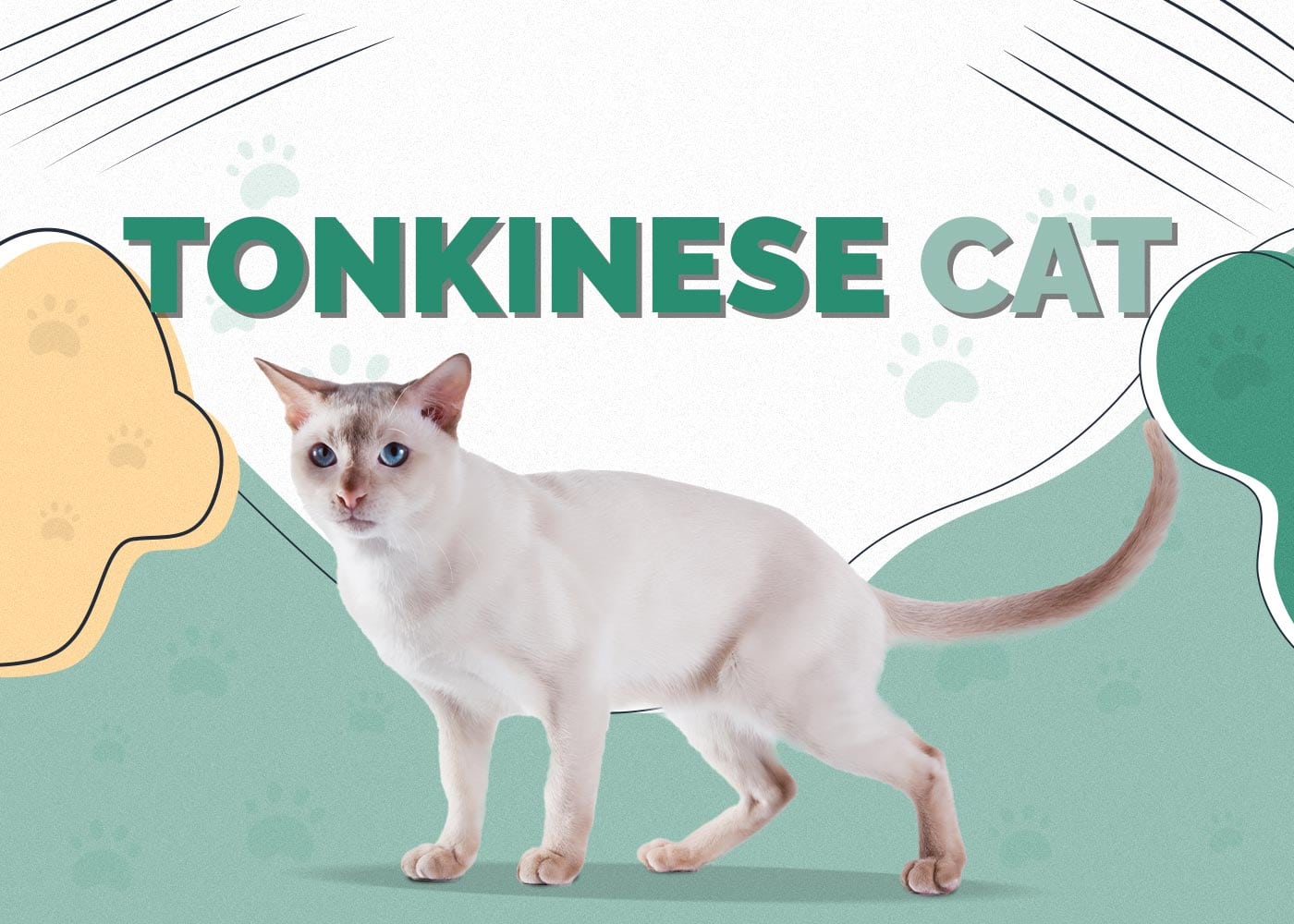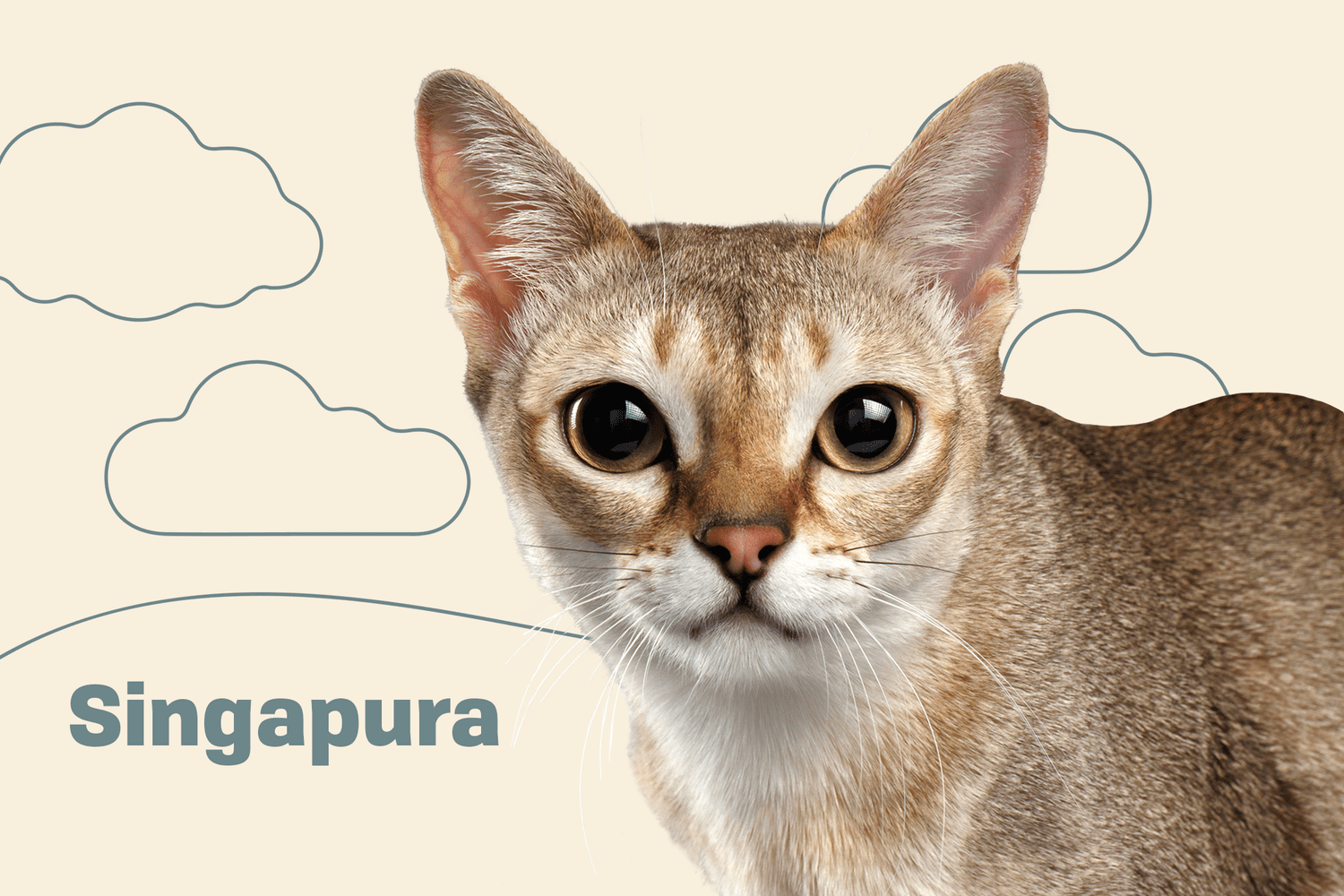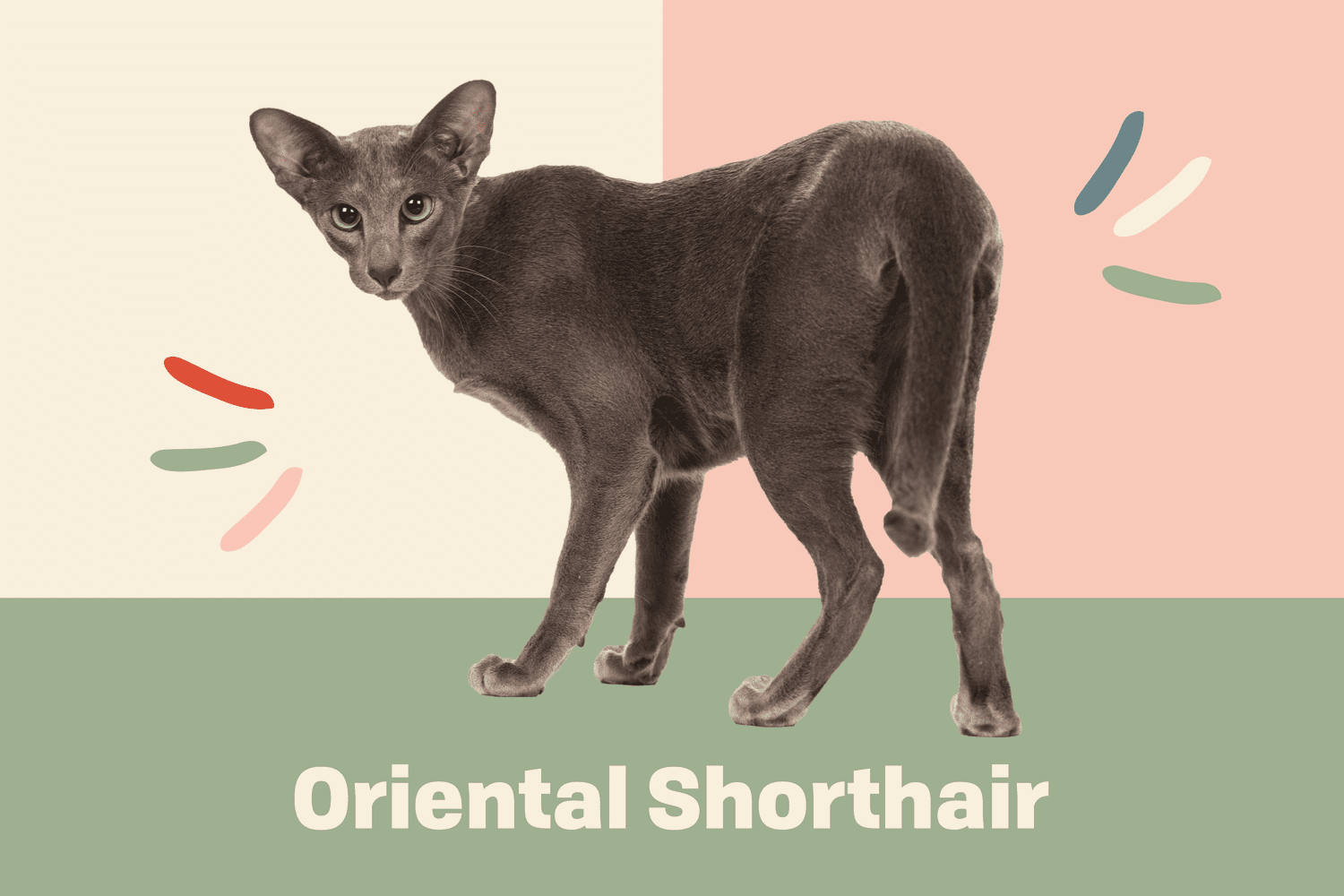Pixiebob Cat Breed Guide: Profile, Traits, Training, Care, Pros & Cons, and Price
The Pixiebob is a distinctive domestic cat breed often mistaken for a wild bobcat due to its wild appearance and naturally short tail. Yet, behind its rugged looks lies a loving, loyal, and intelligent companion ideal for cat lovers seeking a unique feline friend with dog-like traits. In this complete guide, we explore everything you need to know about the Pixiebob cat, from its origins and physical traits to training, care tips, and price expectations.
Breed Profile Overview
| Trait | Description |
|---|---|
| Origin | United States (Washington State) |
| Breed Type | Domestic (claimed wild ancestry) |
| Coat Type | Short or long; soft and thick |
| Color Patterns | Spotted tabby (brown/black markings) |
| Eye Color | Gold to gooseberry green |
| Tail | Short (1–6 inches), natural bobtail |
| Weight | Males: 12–17 lbs; Females: 8–12 lbs |
| Lifespan | 13–16 years |
| Personality | Affectionate, intelligent, dog-like |
| Hypoallergenic | No |
| Activity Level | Moderate |
The Origins of the Pixiebob
The Pixiebob breed originated in the Pacific Northwest in the 1980s. Breeder Carol Ann Brewer began developing the breed after acquiring a polydactyl male cat with a short tail that resembled a bobcat. Believing these cats descended from natural matings between bobcats and domestic cats (though no scientific evidence confirms this), Brewer bred them selectively to enhance their unique look and tame temperament.
The breed was named after her first female kitten, Pixie, who formed the foundation of the Pixiebob lineage. In 1995, The International Cat Association (TICA) recognized the Pixiebob as a distinct breed.
Physical Characteristics of the Pixiebob
✅ Wild Appearance
Pixiebobs are known for their muscular build, spotted tabby coats, and short tails. Their facial features include:
- A prominent brow ridge
- Deep-set, hooded eyes
- Strong jaws and muzzle
- Lynx-tipped ears
These features give them a rugged, wildcat-like aesthetic that sets them apart from other domestic breeds.
✅ Coat and Texture
- Short-haired: Dense, wooly texture with a weather-resistant feel.
- Long-haired: Silky with a slight ruff around the neck and a flowing tail.
- Both types have a spotted tabby pattern, which enhances their wild look.
✅ Tail
One of their most defining traits is the natural bobtail, ranging from 1 to 6 inches. The tail is never docked—this is a result of a natural genetic mutation.
✅ Polydactylism
Pixiebobs can legally have extra toes (polydactylism) per breed standard—some have up to 7 toes on one paw, which is quite rare and adds to their uniqueness.
Personality and Temperament
Pixiebobs are not just about looks. They’re also known for their:
- Dog-like loyalty: They bond closely with their owners.
- Quiet demeanor: Communicate through chirps and trills more than meows.
- High intelligence: Quickly learn commands and routines.
- Playful yet calm behavior: Love interactive play but are not overly hyper.
- Tolerant nature: Great with children, other cats, and even dogs.
They make excellent family pets due to their social and even-tempered nature.
How to Choose a Pixiebob Cat
Choosing the right Pixiebob involves more than just finding a breeder. Here’s a step-by-step guide:
🔍 1. Find a Reputable Breeder
- Look for breeders registered with TICA or CFA.
- Ensure they follow ethical breeding practices.
- Ask for genetic health test results and vaccination records.
🧬 2. Check the Kitten’s Lineage
- Pedigree records ensure authenticity.
- Confirm that the kitten has legal traits like polydactyl feet or short tail.
🐾 3. Assess the Kitten’s Temperament
- A healthy Pixiebob should be curious, responsive, and not overly shy.
- Observe interaction with humans and other animals.
🩺 4. Health Screening
Make sure the kitten has been:
- Dewormed
- Vaccinated
- Screened for genetic issues like hypertrophic cardiomyopathy (HCM)
📋 5. Ask Questions
- How are the kittens socialized?
- What is the breeder’s return policy?
- Do they offer ongoing support?
How to Care for a Pixiebob Cat
Pixiebobs are relatively low-maintenance, but they do require some specific care.
🧼 1. Grooming
- Short-haired: Brush weekly to remove loose hair and distribute oils.
- Long-haired: Brush 2–3 times a week to prevent tangles and matting.
- Check for fleas and ticks regularly.
🦷 2. Dental Care
Brush their teeth 2–3 times a week to prevent tartar and gum disease.
👂 3. Ear and Eye Cleaning
- Use a damp cloth or vet-approved cleaner weekly.
- Look for signs of redness, discharge, or irritation.
✂️ 4. Nail Clipping
Trim nails every 2–3 weeks.
🍽️ 5. Diet and Nutrition
- High-protein diet is ideal.
- Feed premium cat food with minimal fillers.
- Consider raw or grain-free diets after consulting a vet.
🧣 6. Indoor vs. Outdoor
- Pixiebobs adapt well to indoor living.
- If outside, a secure catio or leash walk is recommended to protect them and local wildlife.
How to Train a Pixiebob
Training a Pixiebob is surprisingly rewarding due to their intelligence and loyalty.
🐕🦺 1. Leash Training
Many Pixiebobs enjoy walking on a leash.
- Start early.
- Use a harness and let them adjust gradually.
🎓 2. Basic Commands
Train them like a dog:
- Sit
- Come
- High five
Use positive reinforcement like treats and praise.
📦 3. Litter Box Training
They typically learn quickly but ensure:
- The litter box is clean.
- The placement is consistent and quiet.
- Avoid scented litters that may irritate.
🧠 4. Mental Stimulation
Provide:
- Puzzle feeders
- Treat-dispensing toys
- Rotating toys to avoid boredom
Exercise and Enrichment
Pixiebobs need daily stimulation:
- 15–30 minutes of interactive play
- Cat towers, tunnels, and windows to perch
- Toys like laser pointers, wand toys, and toy mice
They’re active but not hyper, making them perfect for a home that offers moderate engagement.
Common Health Issues
Pixiebobs are generally healthy but can be prone to:
| Condition | Description |
|---|---|
| Hypertrophic Cardiomyopathy (HCM) | Common in many cat breeds; check breeding lines. |
| Obesity | Keep them active; avoid overfeeding. |
| Hip Dysplasia | Rare but possible in larger cats. |
| Cryptorchidism | Undescended testicles in males, sometimes needing surgery. |
Annual vet checkups are crucial for early detection.
Pros and Cons of the Pixiebob
✅ Pros
- Dog-like loyalty and intelligence
- Wild, exotic appearance
- Great with kids and pets
- Adaptable to indoor environments
- Easy to train
❌ Cons
- Not hypoallergenic
- May be hard to find a reputable breeder
- Price can be high
- Prone to mild health issues if poorly bred
- Needs moderate grooming and exercise
Pixiebob Price Guide
| Category | Price Range (USD) |
|---|---|
| Pet-quality kitten | $800 – $1,500 |
| Show-quality or rare traits | $1,800 – $3,000+ |
| Rescue/Adoption | $100 – $300 (rare) |
| Monthly care costs | $80 – $150 |
Prices may vary based on:
- Coat type and pattern
- Tail length
- Polydactyl features
- Breeder reputation
- Location
Is the Pixiebob Right for You?
✅ Perfect for you if:
- You love the look of a wildcat but want a gentle temperament.
- You want a cat that behaves like a dog—loyal, trainable, and sociable.
- You’re looking for a unique, rare breed with a quirky personality.
❌ Not ideal if:
- You want a low-cost or low-maintenance pet.
- You prefer quiet, aloof cats.
- You have severe allergies (they’re not hypoallergenic).
Conclusion
The Pixiebob is a true gem among domestic cat breeds. With its wild appearance, devoted personality, and intelligent behavior, it’s no surprise they’re adored by cat enthusiasts worldwide. Whether you’re a seasoned pet owner or new to the feline world, a well-raised Pixiebob can be a loving and loyal companion for many years.




